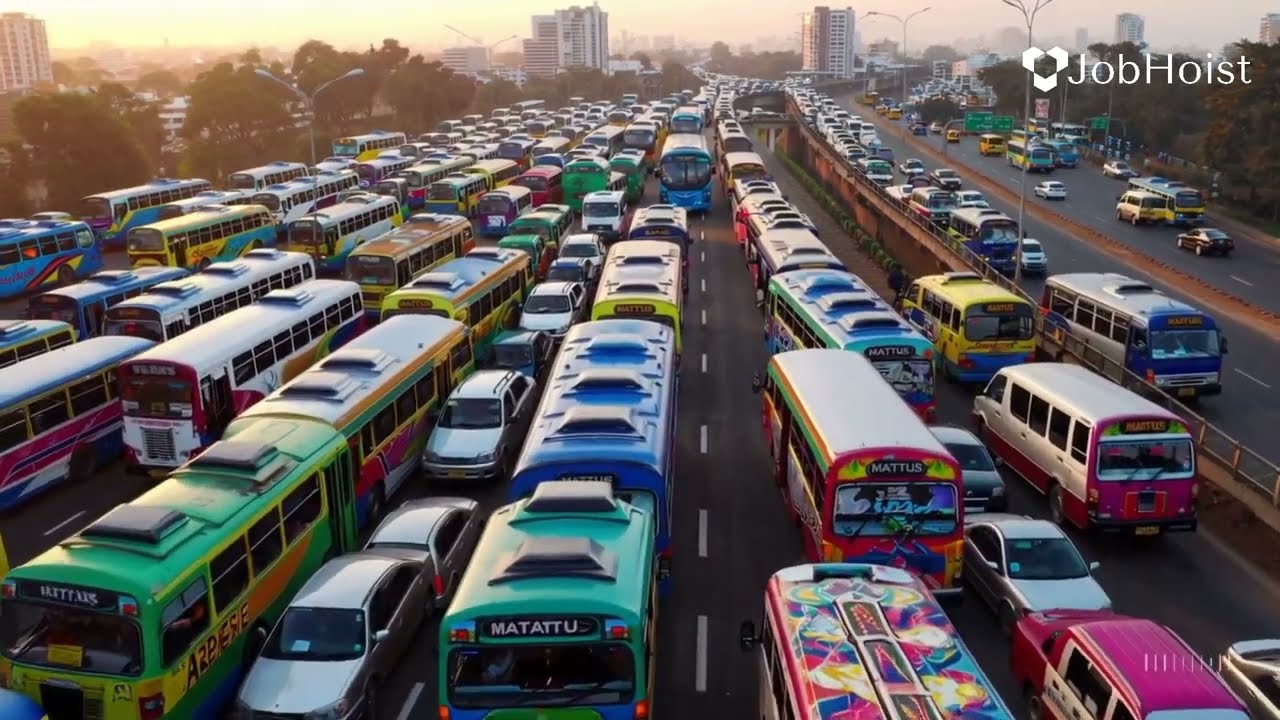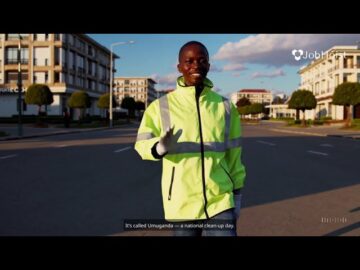Smart Transport Solutions for Nairobi: Lessons from Singapore
Smart transport solutions for Nairobi are no longer a futuristic dream—they’re a necessity. Every morning, millions of Nairobians find themselves trapped in endless traffic. From Mombasa Road to Thika Superhighway, it’s the same story: stuck again. Late again. But what if there was a smarter way to move?
Why Nairobi’s Roads Are Always in Gridlock
Let’s face it: Nairobi’s roads are a daily battleground. Cars inch forward. Matatus jostle for space. Boda bodas weave through the chaos. And public transport users often suffer the most—stuck in buses that are trapped in the same jam as everyone else.
The root cause isn’t just the number of vehicles. It’s how we design and manage traffic. Nairobi’s transport infrastructure was built for yesterday’s population, not today’s 5 million residents—or the 10 million projected by 2035.
We don’t just need more tarmac. We need smart systems.
What Singapore Got Right: Priority for Public Transport
In Singapore, the roads tell a different story. There, buses don’t compete—they lead.
How?
Dedicated Bus Lanes: These special lanes ensure buses glide through the city, unaffected by private car traffic.
Smart Traffic Signals: Every traffic light listens. When a bus approaches, the signal turns green, prioritizing mass movement over private vehicles.
Integrated Mobility Planning: Singapore’s entire transport ecosystem—from buses and trains to cycling and walking—is planned around efficiency, speed, and sustainability.
The result?
A cleaner, faster, cheaper, and smarter commute.
Kenya Tried: Thika Road Gave Us a Glimpse
Kenya has already experimented with intelligent transport systems. Thika Superhighway introduced:
Flyovers and underpasses to ease traffic
Digitized traffic signals
BRT (Bus Rapid Transit) lane prototypes
But why stop there?
Why not bring smart transport to Dandora, Karen, Rongai, or Kasarani? Why should only one highway benefit while the rest of Nairobi crawls?
If buses move first, everyone moves faster.
Benefits of Smart Public Transport in Nairobi
1. Speed for All
Dedicated bus lanes and signal priority ensure commuters spend less time in traffic. A 40-minute trip becomes 15. Time saved is productivity gained.
2. Affordability
Efficient buses reduce reliance on costly private cars. That means lower fuel bills, reduced maintenance, and fewer matatu fare hikes.
3. Environmental Impact
Fewer idle vehicles = less air pollution. Prioritizing electric buses and carpooling lanes creates greener cities.
4. Economic Growth
Fast movement fuels business. Deliveries arrive on time. Staff clock in on time. Commerce flows.
5. Social Equity
Smart public transport empowers everyone—from factory workers to students to business owners—with equal access to opportunity.
Let’s Rethink Roads: Not Just More Asphalt, But More Intelligence
The solution isn’t to keep building more roads. It’s to use the roads we already have—better.
It’s time to invest in:
AI-driven traffic lights that adjust in real-time
Digital transport data that monitors bottlenecks
Incentives for carpooling and electric buses
City-wide rollout of dedicated BRT lanes
We need a policy shift—from reactive to proactive, from expansion to optimization.
A Kenyan Tech-Led Future: Powered by Platforms Like JobHoist
This is where technology platforms like JobHoist come in.
JobHoist is an AI-powered video advertising platform based in Nairobi, Kenya. It helps brands, organizations, and policy influencers visualize and communicate smart urban solutions—through engaging, creative, and data-backed storytelling.
From awareness campaigns on clean mobility to citizen engagement videos pushing for policy change, JobHoist is leading the way—in Kenya, across Africa, and globally—in shaping conversations around sustainable urban living.
Call to Action: Let’s Demand Smarter Transport
If we want Nairobi to work for the next generation, we must act now.
✅ Don’t just accept traffic.
✅ Demand solutions.
✅ Share this with leaders, city planners, and your local community WhatsApp group.
Because the future of Nairobi’s transport isn’t more cars…
It’s more thinking.
And more action.
















